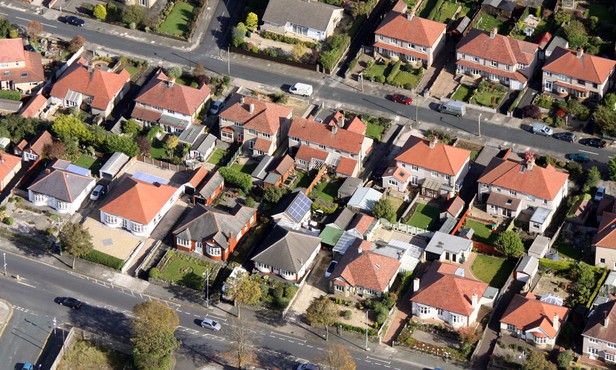UK house prices have increased by 3.4% to £237,834 in the year to June 2020.

UK house prices have increased by 3.4% to £237,834 in the year to June 2020, according to the Land Registry’s House Price Index.
This marks a significant increase on the 1.1% recorded in the year to May 2020.
Looking at the data on a non-seasonally adjusted basis, average house prices across the UK rose by 2.7% between May 2020 and June 2020.
In comparison, house prices rose by 0.4% during the same period in 2019.
House prices growth was strongest in England, with prices rising by 3.5% in the year to June 2020.
On a regional basis, the East Midlands recorded the greatest house price growth over the selected timeframe at 4.5%.
The lowest annual growth was in the North East, where prices increased by 1.7%.
Furthermore, London noted a 4.2% rise year-on-year.
Paul Stockwell, chief commercial officer of Gatehouse Bank, said: “This is the first comprehensive look at the performance of the UK property market following lockdown, building on previous indices and reports of home finance application numbers edging closer to pre-pandemic levels.
“The 3.4% year-on-year rise in prices shows just how quickly buyers and sellers pushed on with their delayed transactions when the market reopened in June, driving demand even before the stamp duty discount was announced.
“The East Midlands and the North West have performed particularly strongly.
“Meanwhile, London recorded an annual 4.2% rise, despite suggestions many are leaving the capital in search of larger properties further afield where they can work from home.
“We can be optimistic that these shoots of recovery are just the beginning. Lenders have been exceptionally busy with an abundance of mortgage applications since the stamp duty announcement in early July incentivised buyers, and that healthy demand seems to be persisting as we enter the autumn.”
Shaun Church, director at Private Finance, added: “These latest figures reveal the scale of the impact that the sudden burst in pent-up demand had on house prices following the reopening of the property market.
“Price rises were driven by a flood of buyers resuming purchases put on hold during lockdown immediately after restrictions were eased.
“Wider behavioural shifts could also be stimulating activity. Consumers are readjusting their housing needs after spending prolonged periods at home, often now placing greater value on larger properties with access to green space, possibly prompting a sharp rise in people moving to more rural areas.
“Robust market conditions are likely to be short lived. An uptick in infections and mounting concern over the reintroduction of national and local lockdowns is weighing on consumer confidence.
“This could cause buyer activity to dip, resulting in the market readjusting to a new economic environment.”



